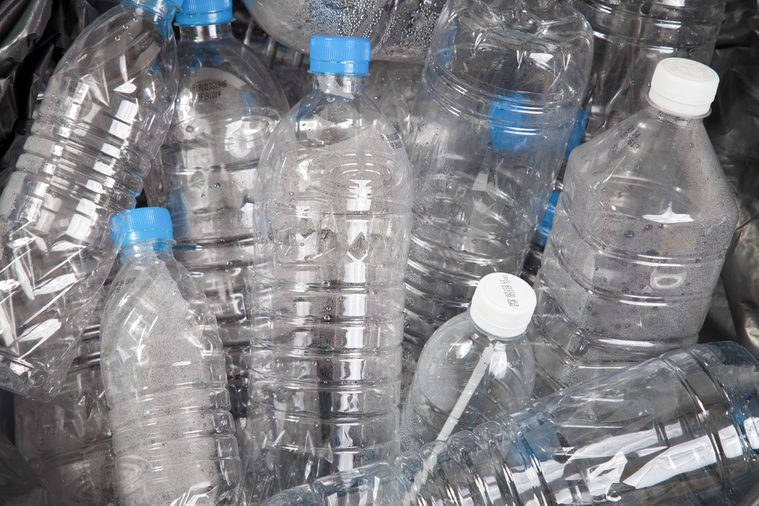
Plastic water bottles
Back in the 2000s, you might have read that plastic contains diethylhexyl adipate (DEHA), a supposed carcinogen. According to the American Cancer Society (ACS), DEHA is not always in the plastic used to make water bottles—and even if it was, the U.S. Environmental Protection Agency (EPA) says DEHA “cannot reasonably be anticipated to cause cancer.” Likewise, the International Agency for Research on Cancer (IARC) doesn’t list DEHA as a carcinogen. Meanwhile, concerns about possible hormone-disruptors such as BPA (bisphenol A), also used to make plastic, persist. And other chemicals found in plastic water bottles have yet to be granted an “all clear.” Here are 30 foods that can help prevent cancer.
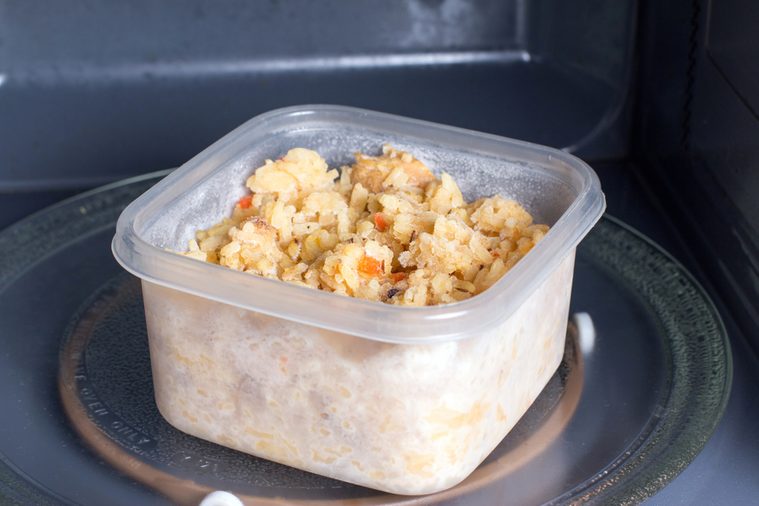
Microwaving plastics
For years, people have been afraid to microwave foods in plastic containers and plastic wrap under the mistaken impression that it will release cancer-causing chemicals into their food. The U.S. Food and Drug Administration (FDA) strictly regulates plastic food containers and approves the ones marked “microwave safe.” This means the plastic is free of DEHA and dioxins, according to the ACS. Plastic containers not marked “microwave safe” should not be put in the microwave. Make sure you know these 9 surprising causes of cancer.
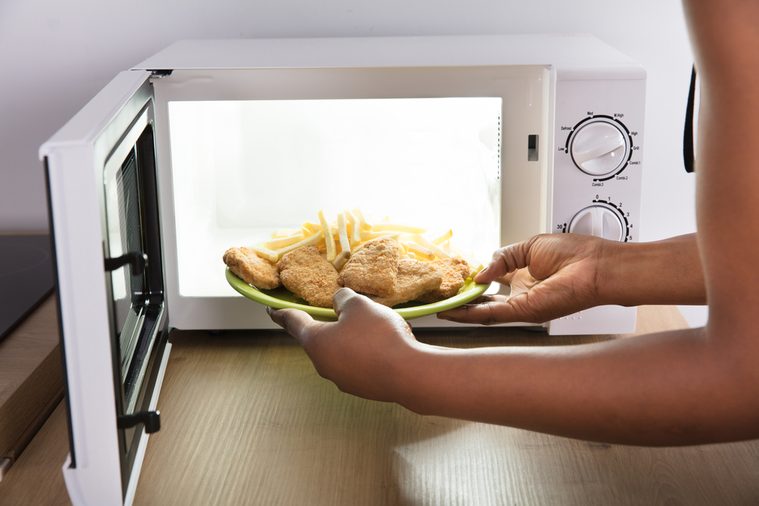
Microwaving anything
Some people are still suspicious of microwaves, believing the cooking method makes food radioactive. Not so, according to the ACS. The group explains, “Microwave ovens can cook food, but they do not otherwise change the chemical or molecular structure of it.” Not so fast, say the suspicious-minded person: Doesn’t a microwave emit radiation? It does not: “Microwave ovens are designed so that the microwaves are contained within the oven itself,” the ACS states. When used according to instructions, there is no evidence they pose a health risk to people. Follow these things oncologists do to avoid cancer.
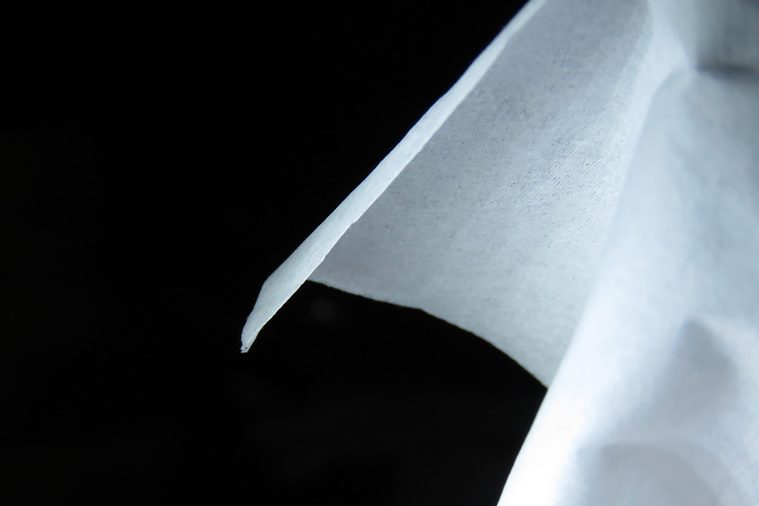
Dryer sheets
Dryer sheets soften your clothes and eliminate static cling—while they silently give you cancer… Wait, what? Not so fast: The unscented sheets appear to be safe. However, the scented versions may contain a toxic chemical, according to the National Academy of Sciences. If you’re concerned, consider using unscented sheets or switch to a brand that discloses fragrance components; Seventh Generation, for example, uses only essential oils. Start these little things you can do every day to prevent cancer.
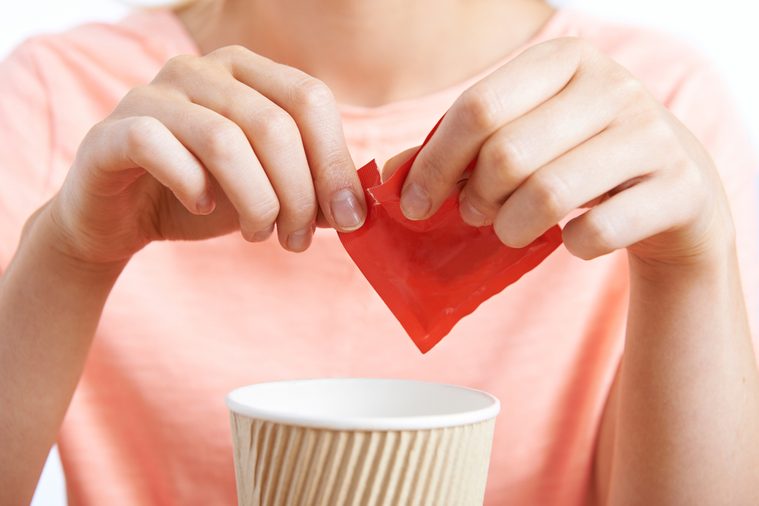
Artificial sweeteners
While some early research found a link between artificial sweeteners and bladder cancer in laboratory animals, the National Cancer Institute (NCI) reports that further research failed to confirm the findings. However, everyone could benefit from cutting back on the sweet stuff: Artificial sweeteners can be harmful to your health by messing with your metabolism and raising your risk of type 2 diabetes, high blood pressure, and heart disease. Get the real skinny on artificial sweeteners and diabetes now.

Lucky Charms
Lucky Charms and other cereals may contain glyphosate, a weed-killer found in products like Roundup, according to a report by the Environmental Working Group. (Glyphosate has been linked to cancer by California state scientists and the World Health Organization.) They tested 61 samples of products made with oats including Lucky Charms and Cheerios and found traces of Roundup, although the levels were well under what the Environmental Protection Agency considers dangerous. Lucky Charms three times a day is probably not a good idea. Once in a while probably won’t hurt you. Watch out for these 15 cancer symptoms that women should never ignore.

You may have heard that candy canes contain titanium dioxide.“This is used in many products to make foods look whiter,” says Patricia Rich, MD Medical Oncology Director at the Cancer Treatment Center of America (CTCA) Lung Cancer Institute and the Vice Chief of Staff at CTCA Atlanta. (It’s also an ingredient in many mineral-based sunscreens). “It is a potential carcinogen, but titanium dioxide does not pose a risk to consumers through food like candy canes.” If the fine dust is inhaled in high amounts, however, titanium dioxide could damage the respiratory tract, she says. Another potential cancer-causing culprit in candy canes is Red 40 dye – which gives canes their red stripes, she says. “It is known to be cancerous, but the US Food and Drug Administration regulates this dye it so can be used for certain things in certain amounts and not be considered cancerous,” she says. “Candy canes are one of these things.”That said, overdoing it on sugar can increase the risk of obesity which is linked to the development of many cancers.” Here are 25 ways that sugar is making you sick
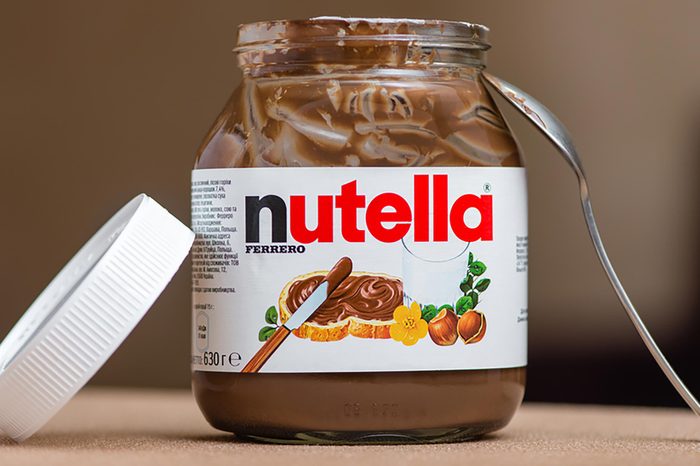
Nutella
Parents everywhere panicked when the news that Nutella could cause cancer hit (both for their kids and themselves, no doubt) after a study in the European Food Safety Authority Journal suggested that there may be cancer-causing compounds in refined palm oil and Nutella contains refined palm oil. Everyone take a deep breath: Nutella does contain palm oil which, when heated above around 400 degrees F, can be cancerous. As the makers of Nutella are quick to point out, they never get their product that hot. However, here are the 10 foods that are directly tied to cancer.
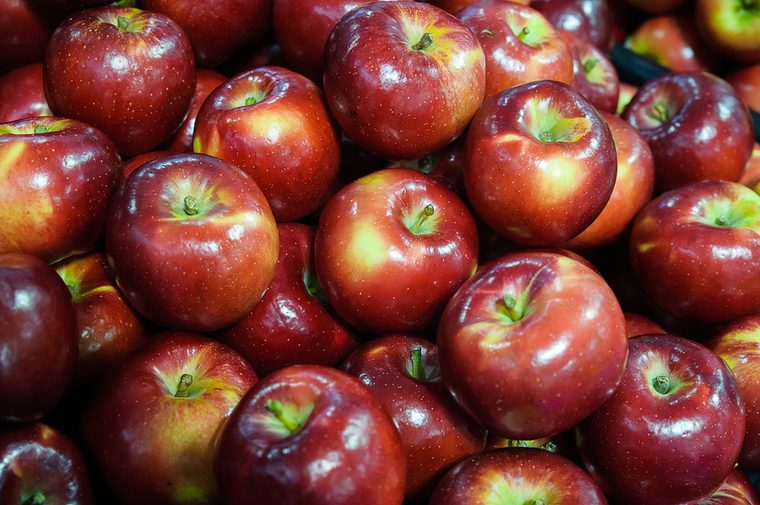
The wax on apples
You’ll often find that apples are coated with wax—it’s to extend shelf life and to make the fruit look enticing. Although some will claim the wax is carcinogenic, it most certainly is not, Dr. Rich says. While there are some credible concerns about carcinogenic pesticides that might be trapped under the wax, you can take care of that problem by rinsing fruits with water and scrubbing them with a soft brush, she says. “Wax on apples doesn’t cause cancer, but high amounts of pesticides can.” You can also lean organic when it comes to produce, or make sure you peel the skin off non-organic apples. Don’t miss these completely reassuring things scientists wish you knew about cancer.
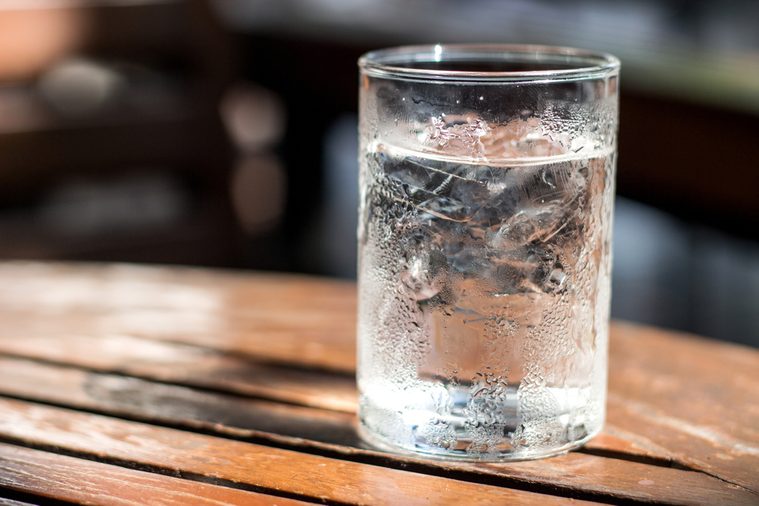
Cold water
A viral rumor has been going around that drinking cold water after meals can cause cancer, but it doesn’t, assures Dr. Rich. “The fear was that drinking cold water will solidify fat which will then accumulate in the intestines and lead to cancer, but this is not proven or plausible,” Dr. Rich explains. “The acidity in the stomach is high, so everything is broken down.” Check out these 9 things that can happen to your body when you get a full 8 glasses of water a day.
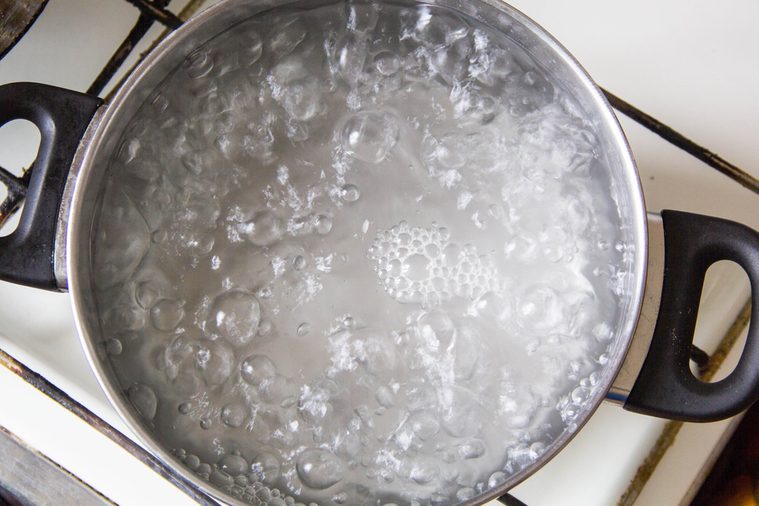
Over-boiling your water
Supposedly if water is boiled for too long or reboiled, chemical compounds form, including carcinogens like arsenic. Nope, says Dr. Rich. Besides,” she adds, “boiling evaporates water so the more you boil, the more you evaporate and get rid of.” Make sure you stop believing these 50 rampant cancer myths right now.
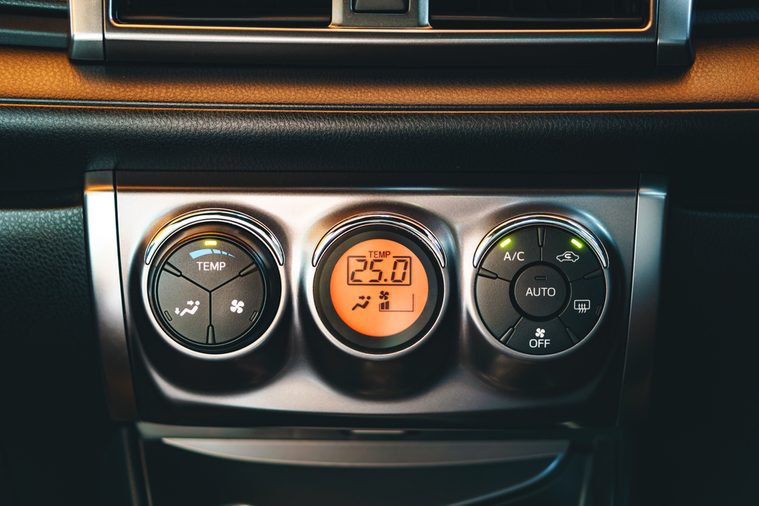
Turning on the AC in your car
The claim is that turning on your AC after your car has been running will spew benzene—a carcinogen—into the cabin. No studies support this rumor at all, Dr. Rich says. In fact, studies show that exposure to benzene is higher in cars in the winter than the summer, ruling out air conditioners as a culprit.” Follow these six tips for safe driving this winter.
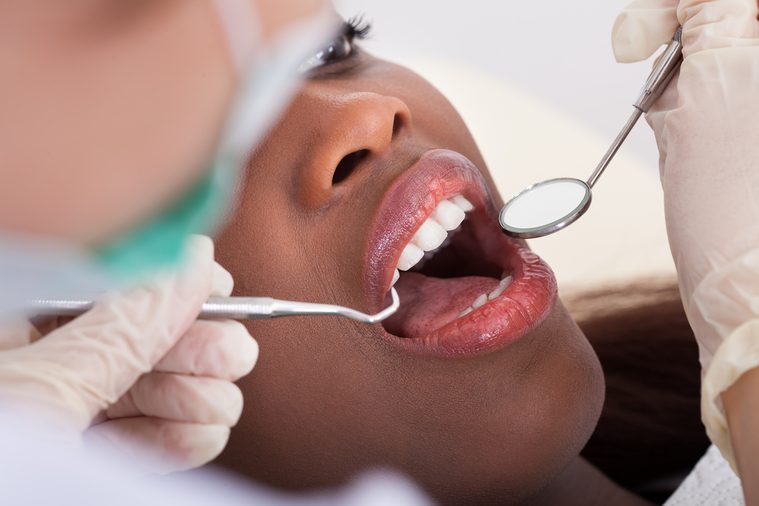
Dental fillings
Any cavities you had filled a while back are likely to have mercury in them. Too much mercury can be bad for your brain, but it isn’t a carcinogen; what’s more, those mercury fillings also included silver, tin, and copper. According to the American Dental Association, the combination of these metals makes the fillings, known as dental amalgams, safe. These are the 20 jobs that can up your risk for cancer.
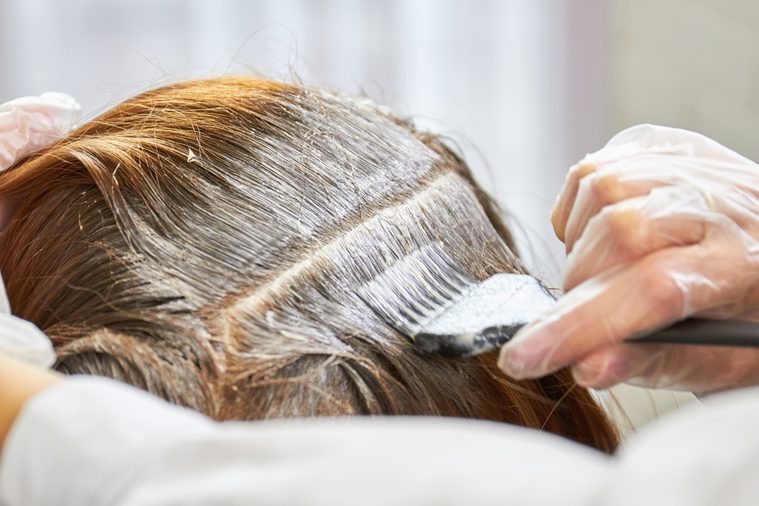
Hair dye
The majority of data don’t point to an increased risk of cancer for people who regularly color or straighten their hair, but a 2017 study in the journal Carcinogenesis, did indicate a higher risk of breast cancer, especially among African-American women using dark hair dyes. Older studies raised concerns that constant exposure to dyes could put hairdressers and barbers at a higher risk of bladder cancer. More recent data calls that into question. Although the evidence points to little increased risk of cancer, there doesn’t seem to be an absolute consensus yet. Check out these hopeful cancer statistics everyone should know.
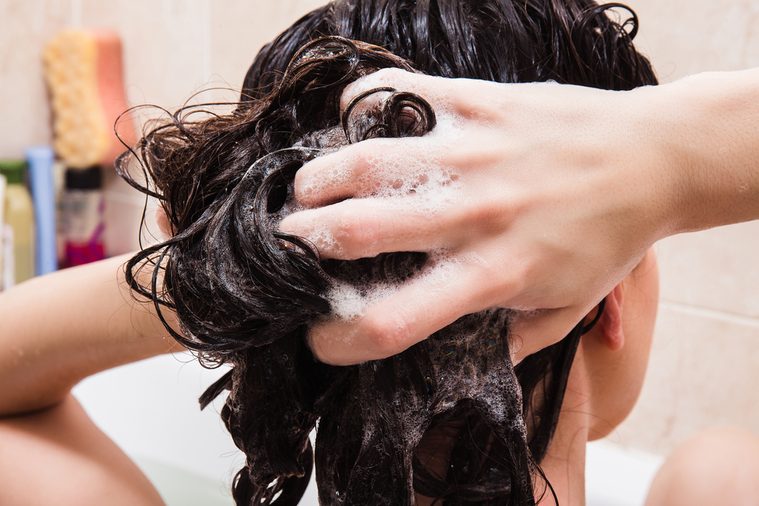
Shampoo
Occasionally the idea crops up that shampoo causes cancer because it contains the foaming agent sodium laureth sulfate or sodium lauryl sulfate (SLS). Also found in hair conditioner, soap, and various cleaning products, SLS may damage your hair but not your genes; it has not been shown to be a carcinogen, reports the Cancer Council of Western Australia.
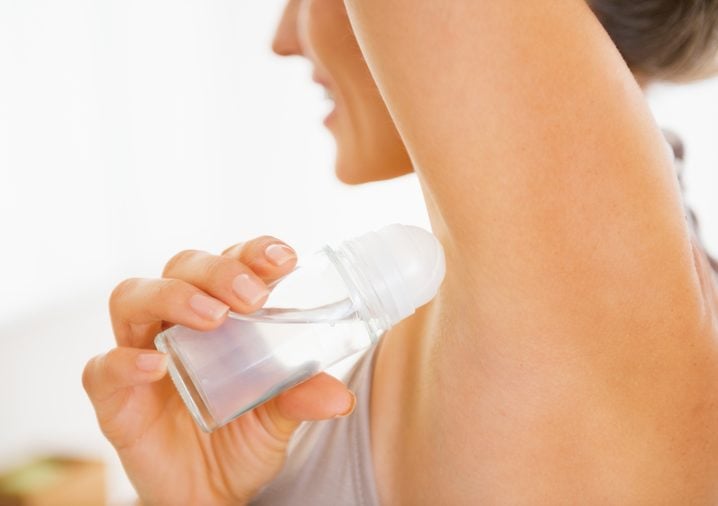
Antiperspirant
The NCI says there is no truth as of yet to the rumor that antiperspirant causes cancer. “The best studies so far have found no evidence linking the chemicals typically found in antiperspirants and deodorants with changes in breast tissue,” the Institute reports in a fact sheet.

Your cell phone
People have long been suspicious of those handy devices, but there’s no need to be. As the NCI experts explain, cancer develops as a result of genetic mutations, and cell phones emit a type of low-frequency energy that isn’t capable of damaging the DNA inside cells. And although researchers continue to study this potential link, there are no definitive findings linking cell phones and cancer risk. Still, while using your cell phone doesn’t cause cancer, these 10 surprising things do raise your cancer risk.
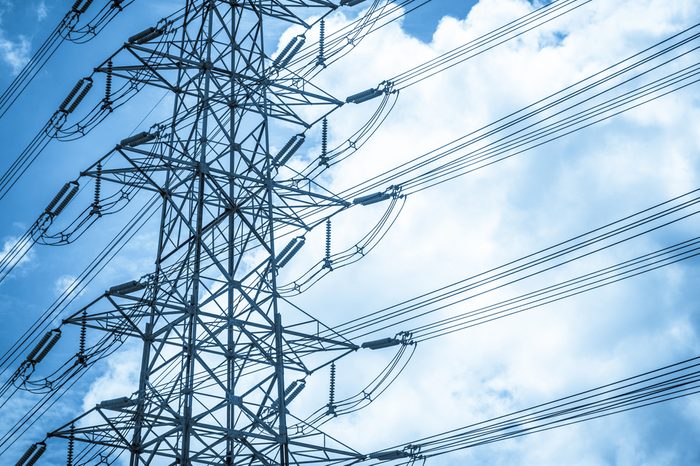
Power lines
Power lines emit both electric and magnetic energy—so do they cause cancer? No, according to the NCI fact sheet on electromagnetic fields and cancer. “The electric energy emitted by power lines is easily shielded or weakened by walls and other objects. The magnetic energy emitted by power lines is a low-frequency form of radiation that does not damage genes.
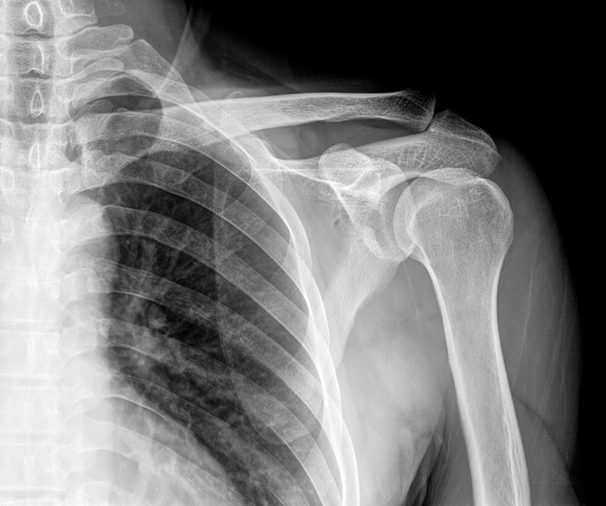
X-rays
Yes, radiation is part of the procedure. But the amount of radiation from a single X-ray is relatively small, says Sailaja Kamaraju, MD, MS, assistant professor of medicine at the Froedtert & the Medical College of Wisconsin in Milwaukee. In fact, the radiation dose from a single X-ray is less than the average dose of background radiation you’ll get at your office over a year’s time. In other words, a single X-ray does not cause cancer. Turning down an X-ray could put you at risk, though: A missed tumor can spread and become deadly, for example. On the other hand, cumulative exposure to radiation through multiple X-rays might be harmful. Keep an eye out for these 13 signs of cancer that men ignore.
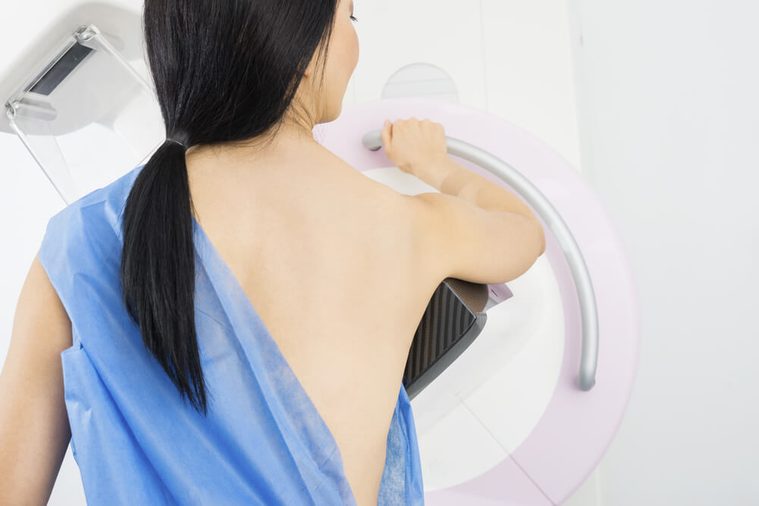
Mammograms
A mammogram is an X-ray of the breast that can help detect breast cancer early. The procedure involves compressing the breast (often uncomfortably), and there are women who fear that that breast compression may cause breast cancer to spread. Others believe that the radiation emitted by mammography can cause breast cancer. Neither is true, according to the NCI. Their experts point out: “The benefits of mammography… nearly always outweigh the potential harm from the radiation exposure. Mammograms require very small doses of radiation. The risk of harm from this radiation exposure is extremely low.”
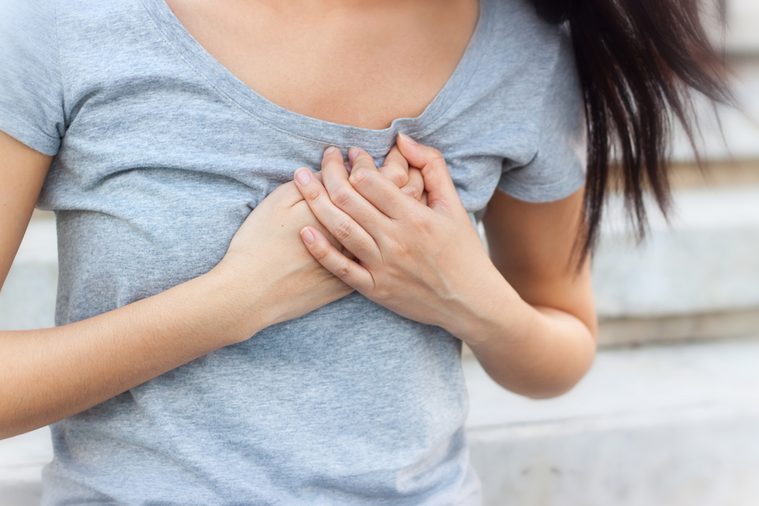
Injury to the breast
This myth has been around for years: An injury to the breast, such as falling or being hit in the chest, can cause breast cancer. While an injury to the breast may cause bruising and swelling—or even a benign lump known as fat necrosis—it won’t cause breast cancer, Dr. Rich assures. These are the 14 cancer warning signs that your doctor shouldn’t ignore.
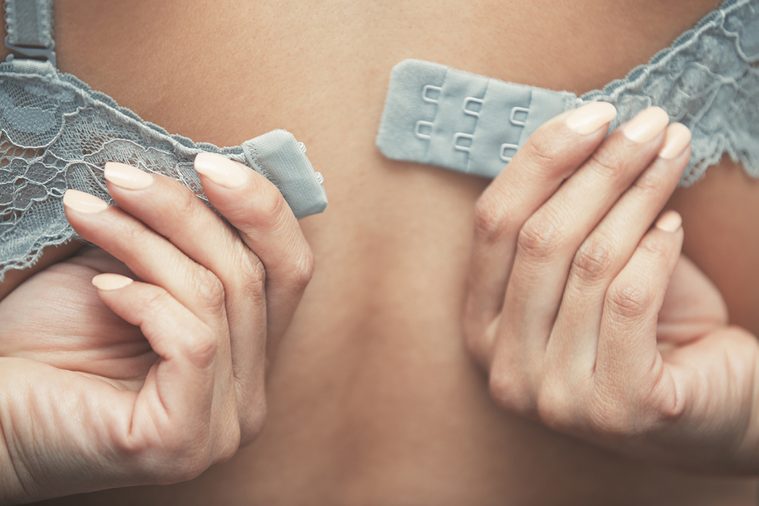
Your bra
“The fact is that underwire bras do not cause breast cancer,” Marisa Weiss, MD, chief medical officer and president and founder of breastcancer.org in Ardmore, PA. A 2014 scientific study looked into the supposed link between underwire bras and breast cancer, and it could detect no difference in breast cancer rates among women who wore a bra versus women who didn’t. Here are 11 common bra mistakes you make and how to fix them.
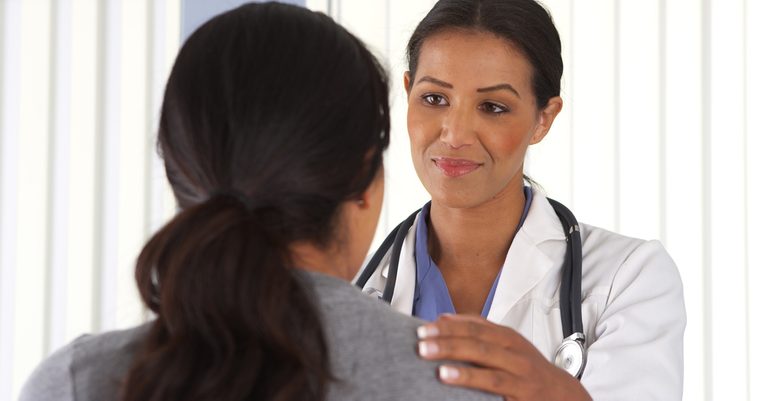
Abortion
The claim that undergoing an abortion increases a woman’s chances of developing breast cancer may have its roots in the notion that women who give birth for the first time after the age of 30 are at an increased risk of breast cancer. But the scientific reality is that women who’ve had an abortion are no more likely to get breast cancer than women who have not, Dr. Rich explains. “There’s no cause and effect.” Here are the 7 cancers that are notoriously tricky to detect early.
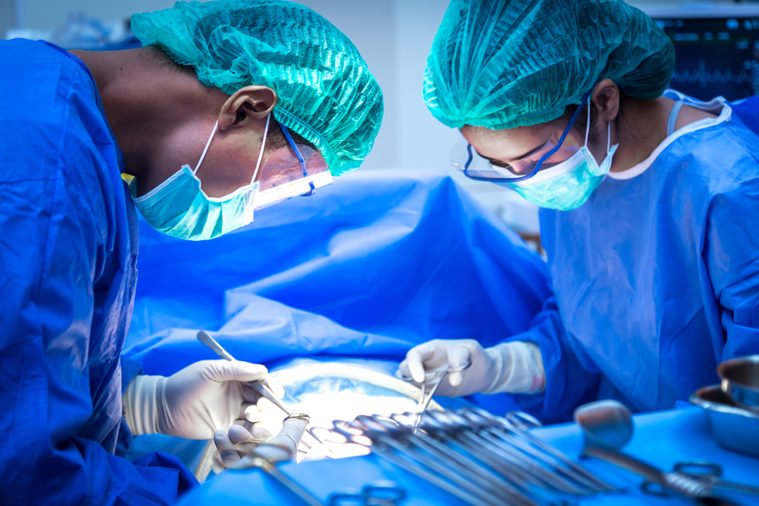
Slicing a tumor causes it to spread
The chances of cutting into cancer or doing a biopsy of a tumor causing it to spread are “extremely low,” according to the NCI. “Following standard procedures, surgeons use special methods and take many steps to prevent cancer cells from spreading during biopsies or surgery to remove tumors,” the group explains. “For example, if they must remove tissue from more than one area of the body, they use different surgical tools for each area.” A 2015 study conducted by the Mayo Clinic found that biopsies actually extended survival slightly in people with pancreatic cancer.
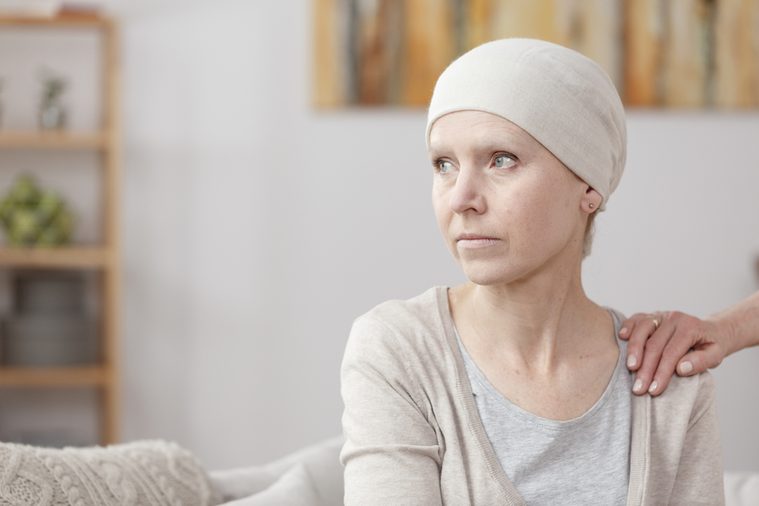
Your bad attitude
“To date, there is no convincing scientific evidence that links a person’s ‘attitude’ to his or her risk of developing or dying from cancer,” according to the NCI. “If you have cancer, it’s normal to feel sad, angry, or discouraged sometimes, and positive or upbeat at other times.” And none of it is the cause of the cancer, and none of it will directly impact the disease progression. Next, be sure to check out these 37 scientifically-proven ways to cut your cancer risk.

